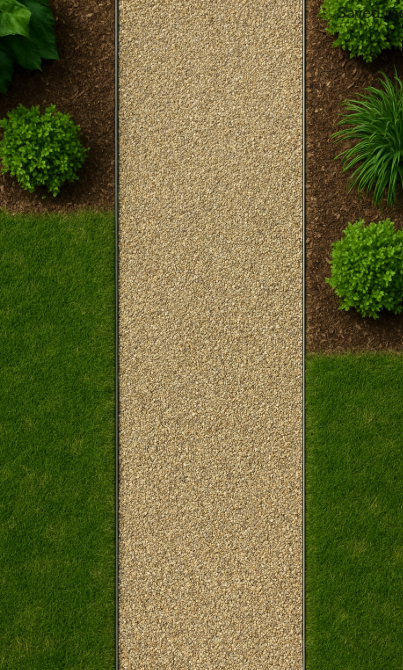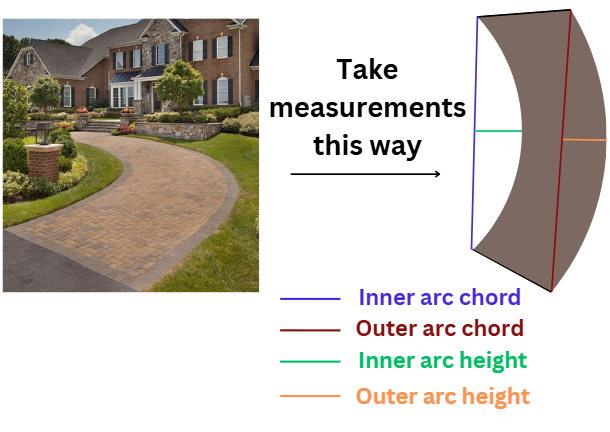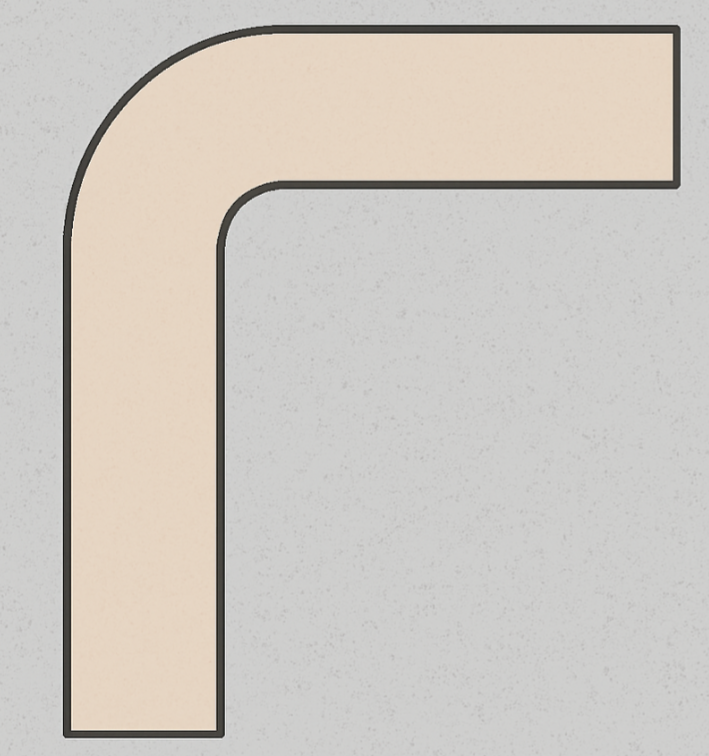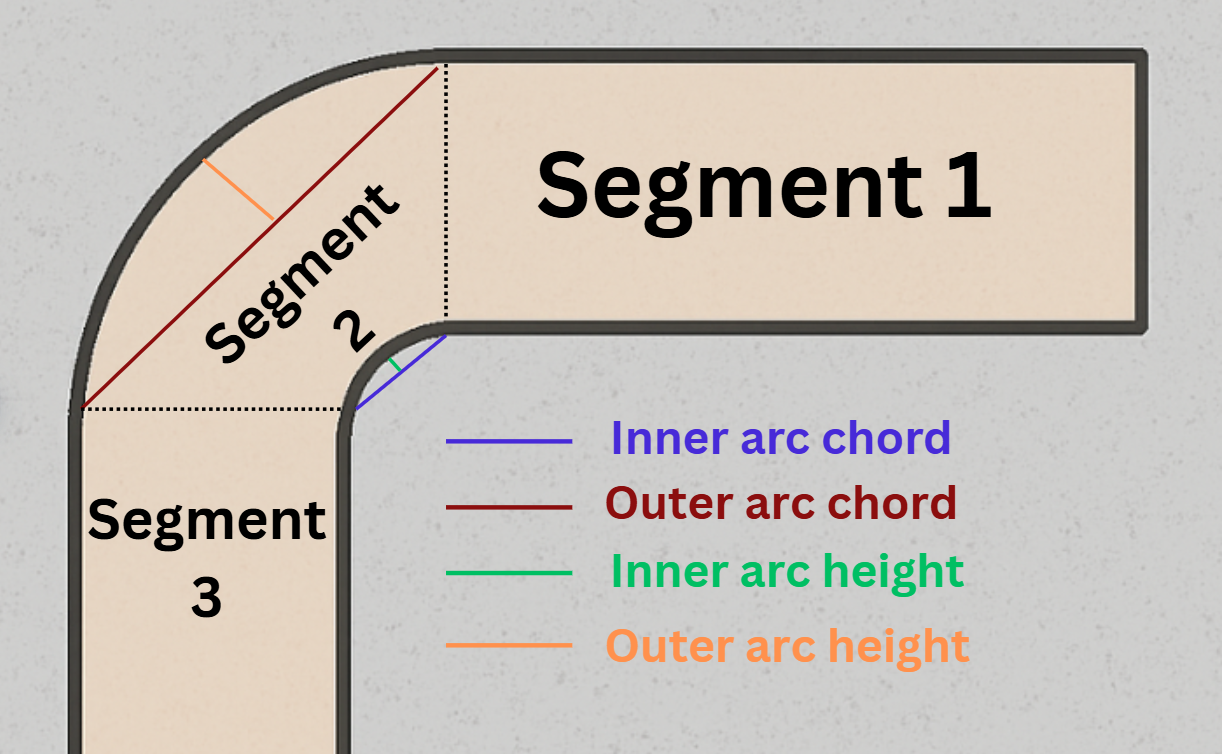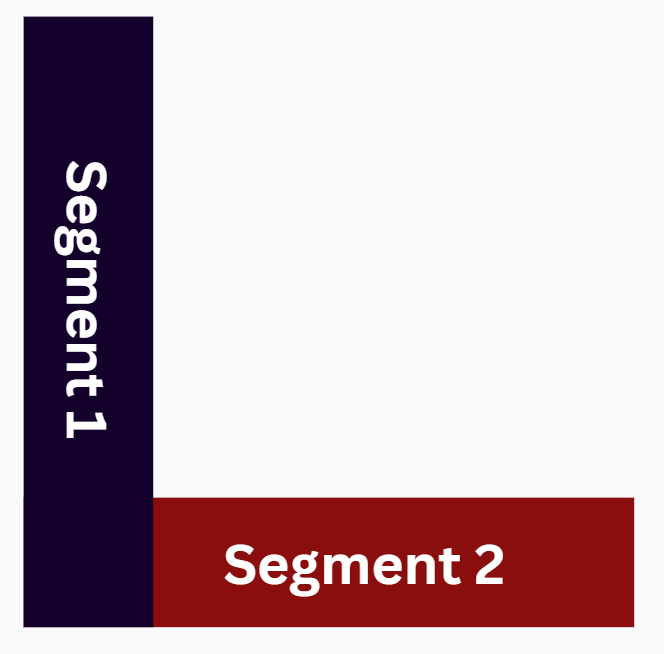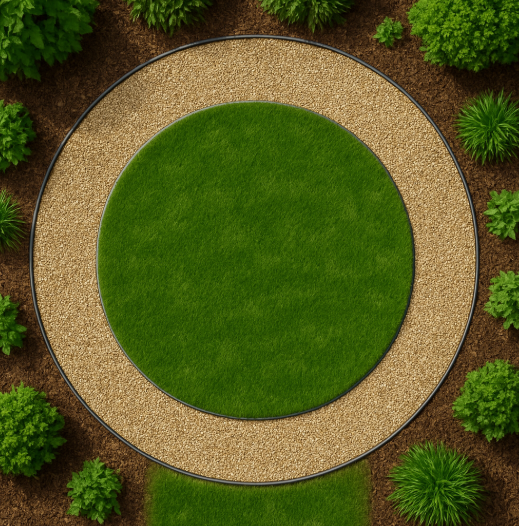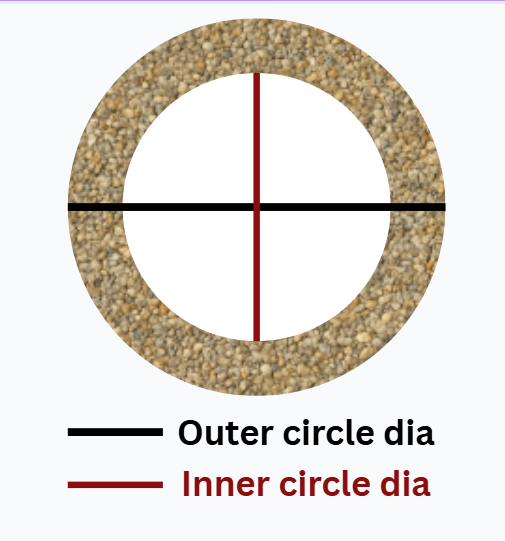How to Use This Calculator
Choose your walkway shape and input your dimensions and gravel depth. The calculator will display volume in cubic feet, cubic yards, and tons. This saves time, prevents overbuying, and ensures your walkway has the right gravel amount.
Which Gravel is Used in Walkways?
- Pea Gravel: Small, rounded, soft underfoot.
- #57 Gravel: Angular crushed stone, stable and drains well.
- Decomposed Granite: Fine particles that compact well.
- Crushed Limestone: Hard, dense, long-lasting base or top.
- River Rock: Decorative, not ideal for walking paths.
Densities of Different Walkway Gravels
| Gravel Type | Density (kg/m³) | Notes |
|---|---|---|
| Pea Gravel | 1538 – 1666 | Comfortable but may shift |
| #57 Crushed Stone | 1682 – 1842 | Locks well, good drainage |
| Decomposed Granite | 1330 – 1602 | Smooth surface |
| Crushed Limestone | 1410 – 1762 | Dense and durable |
| River Rock | 1602 – 2082 | Shifts easily, not ideal |
Which Type of Gravel Should Not Be Used in a Walkway
- Crushed Concrete Gravel: Made from recycled debris, it often contains sharp edges and dust, making it uncomfortable and unstable for walking paths.
- River Rock / Large Round Stones: These smooth, rounded stones don't compact well and easily shift, increasing the risk of slipping.
- Marble Chips: Although decorative, they can be sharp and reflect glare, and become slippery when wet, making them a poor choice for walkways.
- Lava Rock: Lightweight and porous, lava rock doesn't stay in place and its rough texture is unpleasant underfoot.
- Pea Gravel Without Stabilizer: While popular, pea gravel without a grid or binder spreads easily and is difficult to walk on, especially for wheels or heels.
- Unwashed Gravel or Fill Dirt Mix: Contains fine dust and clay, which can turn muddy in rain or dusty in dry weather, making walkways messy and uneven.
Tips While Installing the Walkway Gravel
- Use solid edging to contain the gravel
- Install weed barrier fabric underneath
- Compact the base layer before gravel
- Apply gravel in 2-inch layers and tamp down
- Ensure slope for water drainage
FAQs
How deep should gravel be for a walkway?
Most walkways work well with 2 to 4 inches of gravel depending on usage.
Do I need a base layer under the gravel?
Yes. Use compacted stone or crushed limestone for stability and drainage.
What’s better: Pea gravel or crushed stone?
Pea gravel is smoother and decorative. Crushed stone is more stable and better for load-bearing.
Will weeds grow through gravel?
Yes, unless a proper weed barrier is installed underneath.
Can gravel be used without edging?
It can, but gravel will shift over time. Edging helps maintain the path shape.
